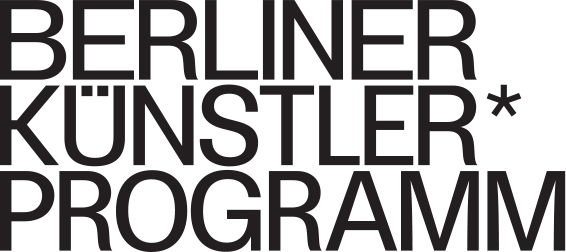Russia, Visual Arts, 2013
David
Ter-Oganyan

At the latest after winning the Henkel Art Award in 2011, a prize for the promotion of art from Central and Eastern Europe, David Ter-Oganyan (born in Rostov-on-Don, Russia in 1981) also came to the attention of an international public. Previously, the artist had often attracted attention within the context of actions realized by the artist collective Radek, but also as a result of curatorial activities, objects, multimedia works and drawings. In his work, Ter-Oganyan makes reference to the forms and traditions of Modernism, and connects them with subversive political and socio-critical themes, such as the social tensions in Russia today and the aggressive reactions of state authorities to critical, artistic statements and activism.
In his exhibition within the framework of the art award, Ter-Oganyan presented a series of his drawings and paintings created on a computer, which were then projected on the walls of the Museum Moderner Kunst (Museum of Modern Art) in Vienna in a rapid sequence, set to music by his artist colleague Dowdy (Evgenii Uvarovskii). The depictions of animals, people, news images, diagrams and abstract compositions as well as spontaneous, sketch-like notes appear in a truncated and raw, sometimes also childlike-naïve language of forms. Even though the slogan: “Free Pussy Riot!” appears amongst the images, this series of images appears to be more of an ironic echo and critical commentary on the lurid media spectacle of politics and political news coverage. Both the high-energy music as well as the rapid sequence of the superficially immaterial images deny viewers an all too contemplative pause before the work and thus address fundamental questions of the significance and potential effects of political art in general and the art market in particular. The paradox of simultaneously contributing to and also simultaneously criticising the spectacle as well as classic ideas of the autonomy of work and artist is constructed as carefully as it is entertainingly. It reflects not only a clever use of the economy of attention, but also a strategy of basic activist attitude, which is at work here. This is signalised less by work of persuasion than by the incitement to emancipated, independent thought, which can ultimately only lead to a recognition of the necessity of resistance and to acting collectively in a sensible manner. With this incitement to social and political engagement, the artist not only links art with reality but also creates a link to the tradition of critical Modernism and translates it into a contemporary form.

